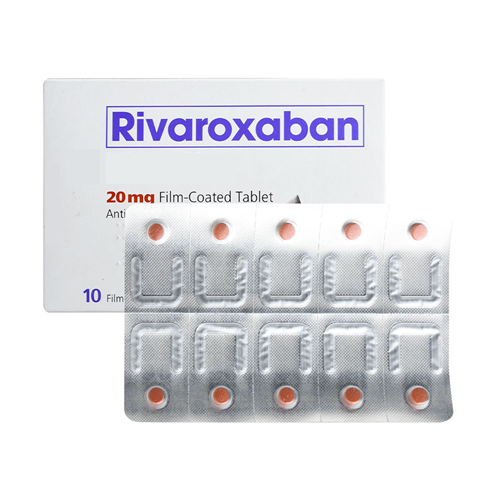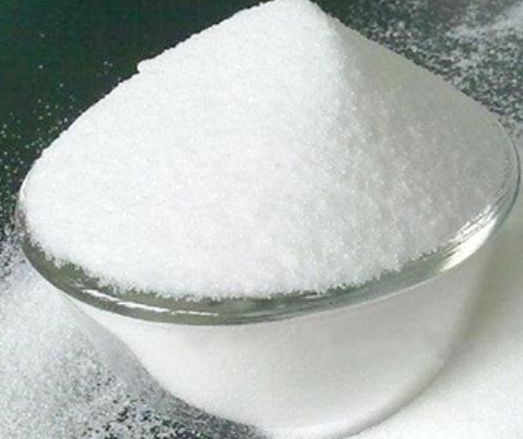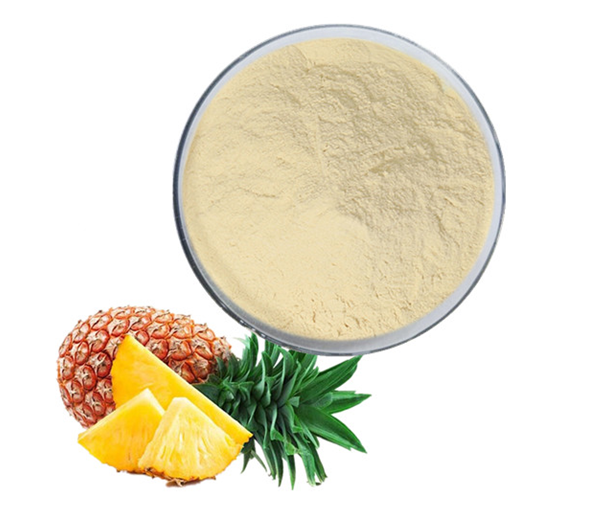Rivaroxaban: Uses, Dose, Mechanism of action and Side effects
Uses of Rivaroxaban
Rivaroxaban is an oral antithrombotic medicine usually sold in the form of tablets and suspension (liquid). It may be used to treat the following conditions:
(1) For the prevention and treatment of deep vein thrombosis (DVT) and pulmonary embolism (PE) in adults.
(2) For the prevention of stroke and blood clots in patients with atrial fibrillation.
(3) Used in combination with aspirin to reduce the risk of sudden reductions in blood flow to the legs, major amputations, heart attacks, or strokes in patients with peripheral artery disease (reduced blood flow to the legs) or coronary artery disease (narrowing of blood vessels supplying blood to the heart).
(4) Prevention of venous thromboembolism (VTE), including use to treat or reduce the risk of venous thromboembolism (VTE) after receiving at least 5 days of thrombolytic drugs.

Dose
Rivaroxaban tablets are available in four different sizes of 2.5mg, 10mg, 15mg and 20mg. The dosage to be used generally correlates with the type of disease being treated, the severity of the condition, the individual's physical fitness, gender and age, among other multifactorial factors. Therefore, it is important to follow your doctor's advice before use. For treatment to reduce the risk of stroke and systemic embolism in patients with non-valvular atrial fibrillation, the dose is generally 20 mg daily and should be reduced in patients with renal dysfunction. For patients with DVT and PE 20mg daily, with initial use, a dose of 15mg twice daily may be required. The dose should be reduced if renal disease is present and the risk of bleeding is high. For replacement of a hip or knee after surgery is 10mg per day. after a heart attack or heart disease known as unstable angina is 2.5mg twice daily. Children and the elderly should calculate the dosage separately.
Mechanism of action
Rivaroxaban is a direct factor Xa inhibitor that directly and reversibly binds to factor Xa through the S1 and S4 pockets.Rivaroxaban competitively inhibits factor Xa with more than 10,000-fold selectivity over other related serine proteases and does not require cofactors (e.g., antithrombin) to exert anticoagulant effects. Rivaroxaban also prolongs clotting time by inhibiting both free and clot-bound factor Xa as well as prothrombinase activity.
Side effects
A common side effect of Rivaroxaban is bleeding problems, which manifests itself as bleeding more easily than usual. These include: prolonged periods of heavy menstrual flow and heavy bleeding, slow healing after sharp cuts, occasional nosebleeds, bleeding gums, and easy bruising. However, they are usually not serious and can improve on their own. Other common side effects are: dizziness, headache, nausea or vomiting, back pain, weakness in the legs, mild rash, difficulty breathing or swallowing. Serious side effects include: severe bleeding, bleeding for up to ten minutes, coughing up blood, slow healing of the wound where the bleeding occurred, fainting, severe headache, and severe allergic reactions. The above adverse reactions vary from person to person and may not always manifest themselves. Contact your doctor if you experience any serious adverse reactions.
References:
[1] SAMAMA M M. The mechanism of action of rivaroxaban – an oral, direct Factor Xa inhibitor – compared with other anticoagulants[J]. Thrombosis research, 2011, 127 6: Pages 497-504. DOI:10.1016/j.thromres.2010.09.008.
You may like
Related articles And Qustion
See also
Lastest Price from Rivaroxaban manufacturers

US $0.00/kg2025-06-30
- CAS:
- 366789-02-8
- Min. Order:
- 1kg
- Purity:
- 98%
- Supply Ability:
- 1000kg

US $5.00-0.50/KG2025-05-16
- CAS:
- 366789-02-8
- Min. Order:
- 0.10000000149011612KG
- Purity:
- 99% hplc
- Supply Ability:
- 5000kg



